What Does StockX Verified Actually Mean?
Updated on •Published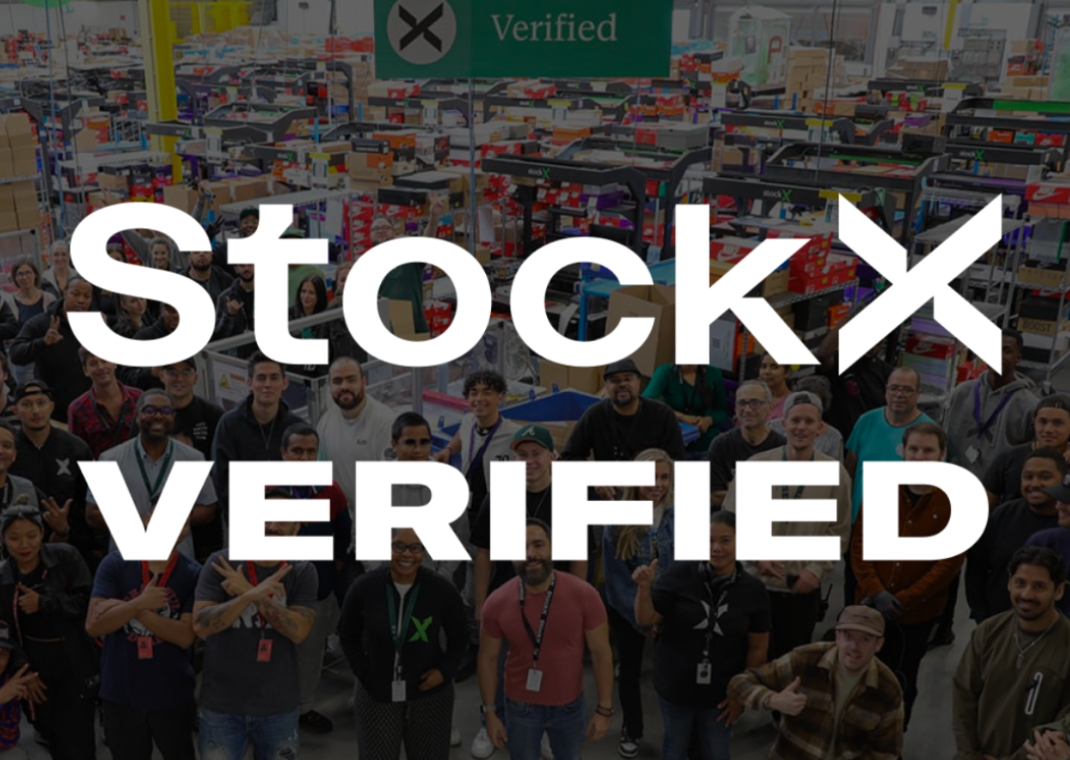
Ever since recent news broke of StockX removing the “100% Verified Authentic” language from its platform, the resale giant garnered a great deal of attention on social media with many calling into question the legitimacy of the marketplace and the products contained therein.
Despite critiques from many users, StockX’s language change on its site from “100% Authentic” to “StockX Verified” is a branding change to capture the full extent of the company’s verification process. As the Detroit-based company puts it, “StockX Verified is our own designation and not endorsed by any brands sold on StockX.” While, on the surface, many interpreted this to mean StockX no longer reviews products for authenticity, this is not so.
After the initial attention this caused back in November, the company released a comprehensive statement clarifying that “verification is the new authentication, but our comprehensive approach remains unchanged.”
Is StockX legit?
The short answer is - yes, StockX is legit. StockX is one of the largest marketplaces in the world and was one of the first in the industry to set a verification standard. In 2022, StockX turned away nearly $100MM worth of products that didn’t meet the company’s quality standards.
What makes StockX legit beyond its impressive resume is its proprietary in-person verification process - StockX Verified. It’s also worth noting that in most cases StockX doesn’t sell anything, they are a facilitator aka middleman; what they provide is a quality inspection to ensure the item is no different than what a customer would receive from an authorized retailer rather than having to rely on an independent seller online.
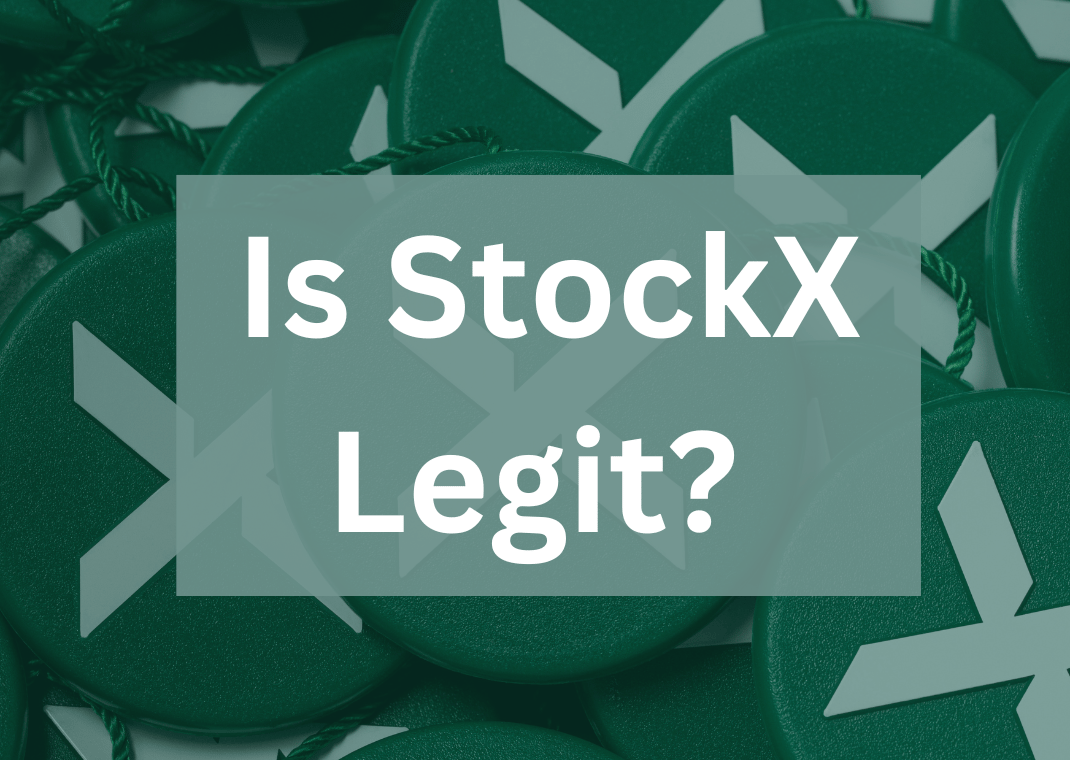
Does StockX sell fakes?
Let’s start by stating the obvious - any time you purchase any product on the secondary market and not directly from an authorized retailer or the brands themselves, there is a chance that the item is not legitimate.
While StockX isn’t perfect, they did share various statistics outlining the number of products that they have verified and how many they have rejected. As the infographic below illustrates, there are a number of reasons a product may not pass the StockX verification process, including manufacturer flaws, damaged boxes and non-deadstock products. This shouldn’t come as much of a surprise, as many items are mass produced and can be ripe for flaws. When buying from StockX, customers are getting an item that has not only passed StockX’s verification process but also endured a variety of rigorous quality checks.
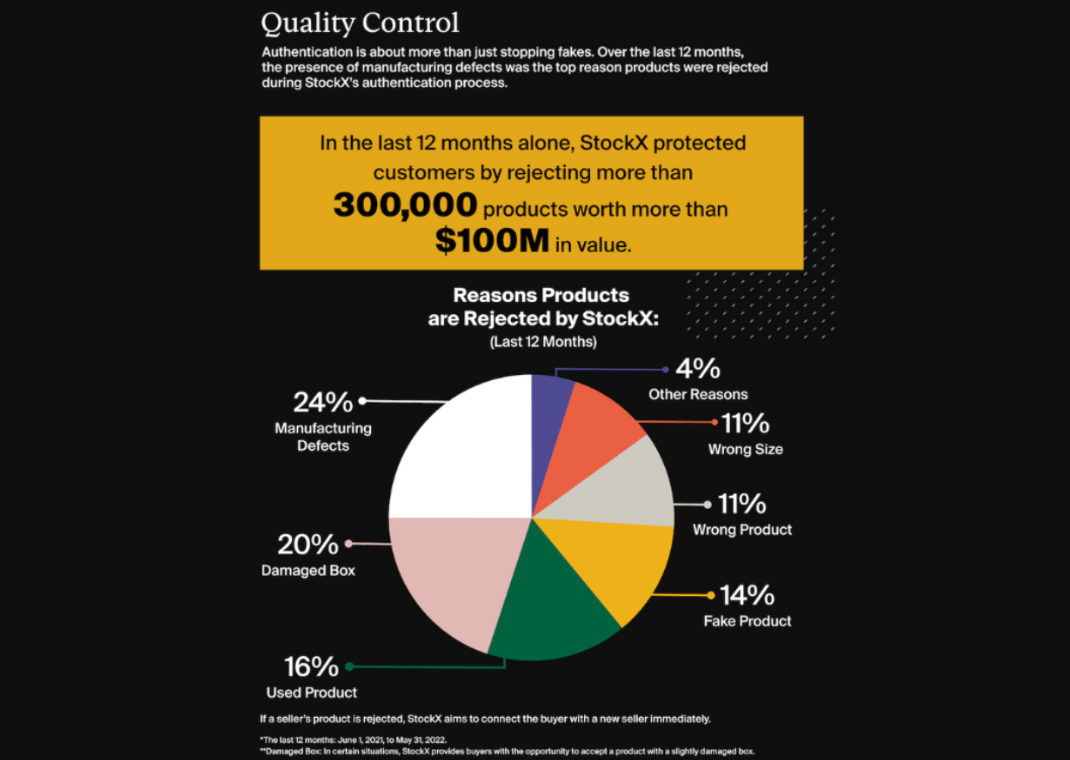
What is StockX’s verification process?
The goal of StockX’s verification process is to get legitimate, real items in the proper condition in the hands of its customers. According to StockX’s landing page which explains their verification process, every product goes through a “rigorous, multi-step” process. This includes confirming the product is deadstock (brand new and never worn), the packaging is all present and up to their standards, any and all accessories that originally came with the product are included, as well as a detailed product accuracy check. According to their site, in addition to using human quality assurance measures and expert knowledge to verify products, StockX also leverages advanced technology such as machine learning in order to constantly improve their verification process. StockX serves as the middleman between buyers and sellers for transactions that take place on its platform.
StockX’s Big Facts report from June 2022 states that, since 2016, the resale platform has rejected more than $400 million worth of products that did not meet verification standards, $60 million of which, or 15%, were denied as a result of being flagged as fake. Furthermore, in the 12 months prior to this June 2022 report, on average, more than 1 million products went through StockX’s verification process each month. Their “winning formula” for verification is a result of a combination of human expertise, an expansive database and technology.
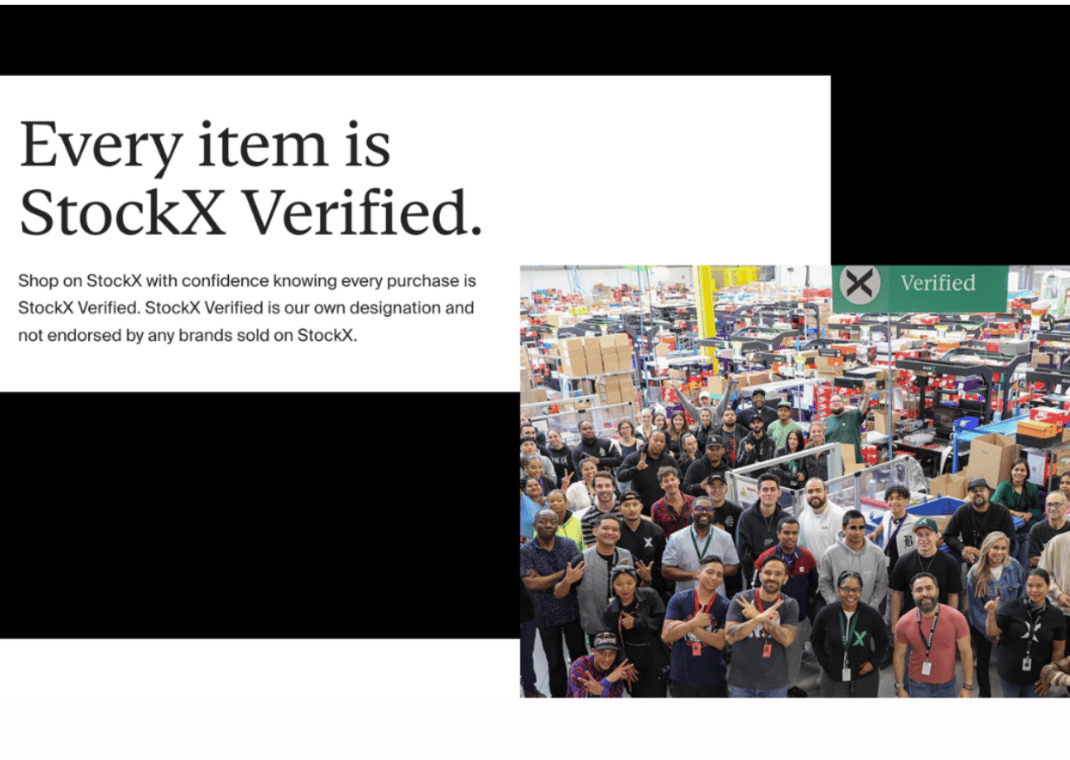
What StockX Verified actually means
- StockX’s language change on its site from “100% Authentic” to “StockX Verified” is a branding change to capture the full extent of the company’s verification process
- StockX’s verification process is still in place and is continuously improved upon
- Buying items on secondary markets like StockX always carries some inherent risk; despite best efforts - no company is perfect and items could be inauthentic, defective, or damaged
- StockX lives in the middle of transactions between buyers and sellers on its platform - their in-person verification process aims to get legitimate items in the proper condition in the hands of its customers
- Ultimately, StockX now guarantees that every purchase is StockX Verified, rather than guaranteeing a product as 100% Authentic
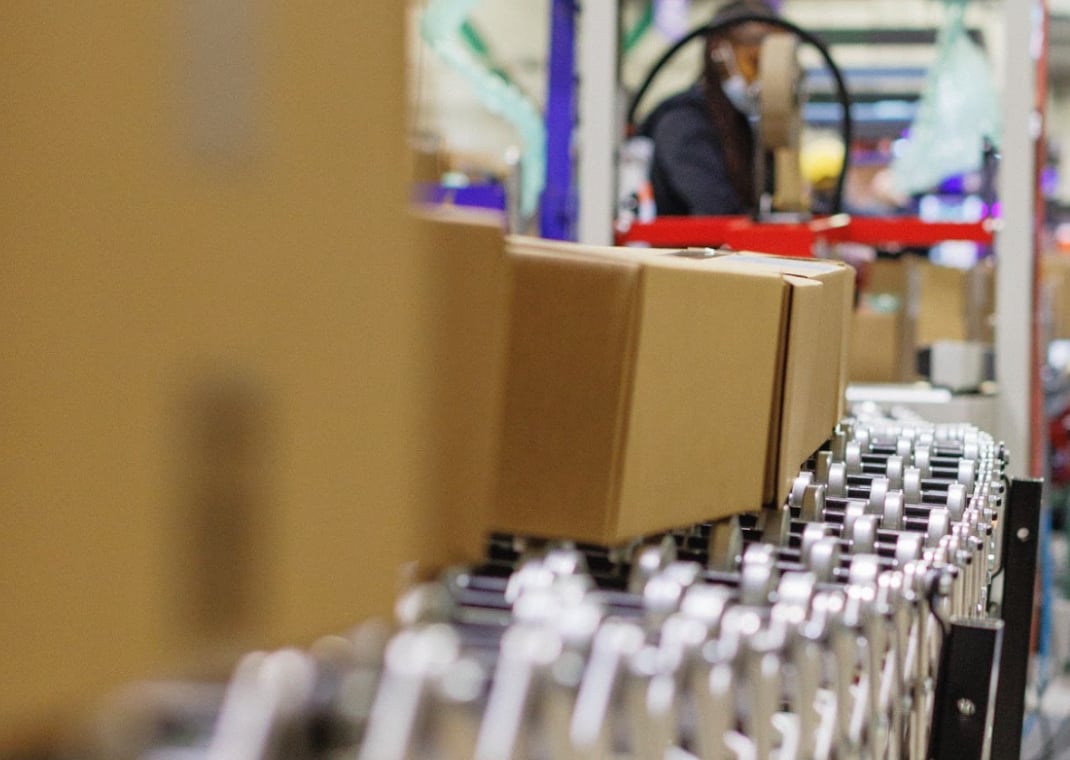

Cole Townsend is a developer, designer, and Head of Tech at Sole Retriever. He does some writing on top of helping keep Sole Retriever running on web and mobile! In his spare time, you can find him out running. Cole was a graduate from Williams College.
